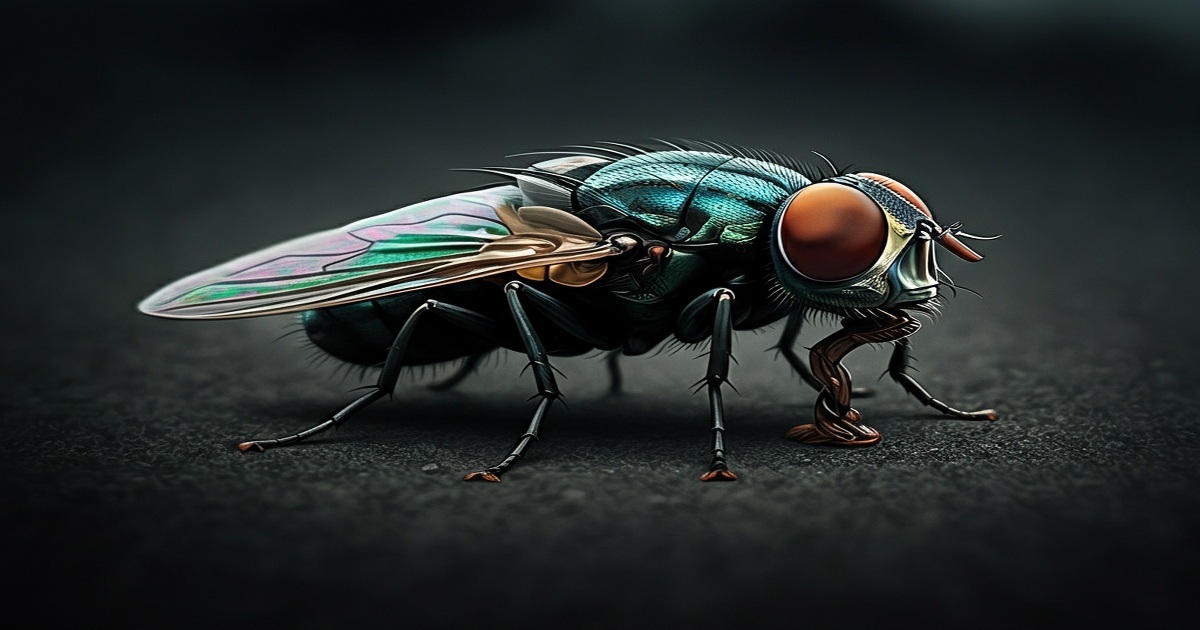it plans to produce billions of sterile flies and release them from airplanes over areas in Mexico and southern Texas. This initiative targets the new world screwworm fly's larvae, known for causing severe damage to the beef industry, as well as posing a risk to pets and wildlife. Experts like Edwin Burgess, an assistant professor at the University of Florida, endorse this method, highlighting its effectiveness and environmentally friendly nature compared to traditional pest control strategies.
The new world screwworm fly's larvae are particularly harmful, as they prefer to lay their eggs in the wounds of warm-blooded animals, including cows. The U.S. Department of Agriculture (USDA) is ramping up efforts to breed and distribute these sterile male flies, which will be irradiated before release. The idea is that when these sterilized males mate with wild females, the females will lay unviable eggs, leading to a gradual decline in the screwworm population. This technique has seen success in the past, where over 94 billion sterile flies were released to eliminate the pest in North America.
Looking ahead, the USDA anticipates that a new fly breeding facility in southern Mexico will be operational by 2026, along with a distribution center in southern Texas. This proactive approach follows the recent emergence of the screwworm in southern Mexico and demonstrates the urgency, as the pest poses a real threat to the beef industry. Experts warn that infestation can quickly lead to fatal conditions in infected animals. While veterinarians can treat infested livestock, it often comes too late to prevent suffering.
Historically, the new world screwworm was a seasonal issue, unable to survive harsh winters, but keepers remember the immense impact it had. The USDA's new initiative will require effective mass breeding, increasing capacity significantly beyond the capabilities of existing facilities in Panama. The USDA is investing substantial funds into creating and maintaining these fly factories, ensuring they can produce enough sterile flies to outnumber wild females, given that these flies only mate once in their lifetimes.
Eliminating the risk of fertile flies escaping the breeding facilities is critical for this operation's success. The logistics of releasing thousands of flies from aircraft have been tested multiple times, although there are dangers involved, as evidenced by a recent crash incident during a fly release operation. Experts advocate for maintaining these facilities even after successful eradication efforts, acknowledging that complacency could lead to a resurgence of the screwworm problem.







9 Comments
Donatello
Airborne releases have been tested, and that gives me confidence that they’ve accounted for potential risks.
Leonardo
Why not invest more in alternative solutions like better farming practices instead of relying on mass fly production?
Michelangelo
The idea of producing sterile flies is smart science. It could alleviate a major threat to our agriculture sector!
Donatello
The success of the past eradication efforts gives me hope. This could really turn the tide against screwworm infestations.
Raphael
We need to prioritize solutions that are proven to work instead of sticking with outdated methods. This is progress!
The Truth
This initiative could help stabilize the beef industry in the long run. It's a risk worth taking for such a critical threat.
Answer
Kudos to the USDA for taking proactive measures to combat the screwworm problem. Let’s protect our livestock!
The Truth
This seems like another example of human intervention causing more harm than good to our environment.
Answer
Sterilized flies could mutate and become uncontrollable. This is a risky experiment that could backfire!